
The art of traditional Chinese gardens has a long history and elegant taste. As an art, it embodies rich traditional Chinese culture. So what cultural connotations do plants in classical Chinese gardens convey? Cuijin Garden in Prince Kung's Palace is a classic representation of traditional gardens in northern China. What kinds of beauty do its flowers and trees show to the visitors?
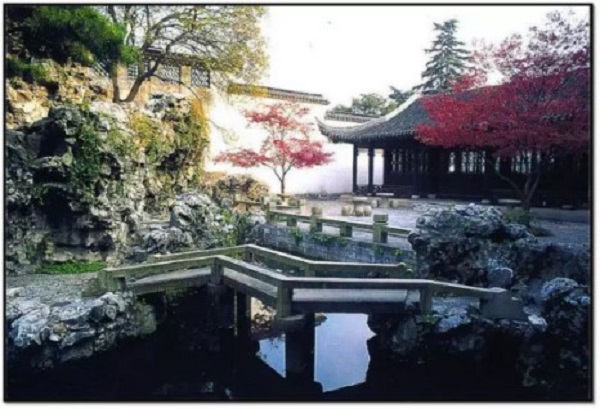
Cuijin Garden in Prince Kung's Palace
Flowers and trees are indispensable in the building of traditional Chinese gardens. In his The Elegance of Plants and Fountains, Guo Xi, a royal painter in the Northern Song Dynasty (960-1127), said that "Water is the vein of a mountain. Grass and trees are the hair of a mountain. Water injects vitality into a mountain and the mountain becomes lush with grass and trees."
A garden was just a place for people to plant trees, grass and others in the early days. Later, it became a special place for the cultivation of diverse flowers and trees imbued with cultural connotations. Therefore, flowers and trees in a garden now have gone beyond their original functions and contain many symbolic meanings.
In traditional Chinese garden culture, flowers and trees are the carriers of rich cultural information and are the media used by people to express certain ideas. For instance, pine, bamboo, and plum trees are called the "three friends in cold weather". They symbolize loyalty and friendship grown in winter and are also used to describe a strong personality that can stand the test of harsh weather.
Confucius, the greatest philosopher and educator in ancient China, said that "When it turns cold, pines and cypresses reveal their persistent green." Li Bai (701-762), a romantic poet of the Tang Dynasty (618-907), said that "The pines and cypresses are strong and independent, unlike the adorable peaches and plums." Emperor Kangxi (r. 1662-1722) of the Qing Dynasty (1644-1911) said that "orchids and irises remind people to constantly refine their conduct while pine and bamboo trees are the symbol of virtue."
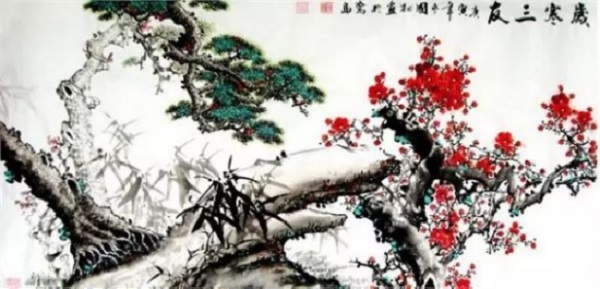
A traditional Chinese painting in praise of pine, bamboo and plum trees, three friends in cold weather
The special properties of flowers and trees were often used by people in ancient China to express their aspiration for a better life, convey their unique characters and showcase their rich emotions.
For example, the peony is the symbol of wealth and prosperity, the apricot flower represents happiness, and the Ceiba tree symbolizes heroism. There is a custom of taking a branch of willow when people are bidding farewell to their friends. Peaches and plums mean that someone has a large number of disciples. The Palace Museum, Prince Kung's Palace, and Chengde Mountain Resort all have noble and gorgeous peony gardens.
During the building of gardens in ancient times, people often took into account the changes of the seasons in the selection of special plants, so that they could enjoy beautiful scenery and compose poems along with close friends all year long. The impromptu composition of poetry created an additional cultural atmosphere for the gardens while allowing all participants to fall in love with the eye-catching scenery around them.
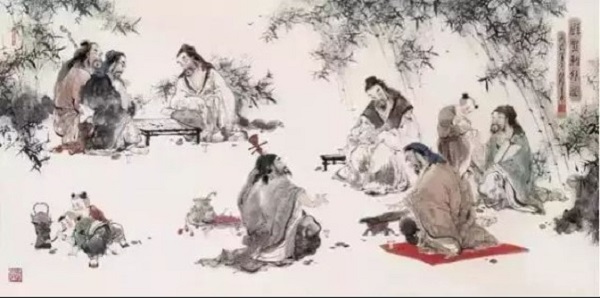
A traditional Chinese painting in which several people get together in a garden
As a classical representative of traditional gardens in northern China, Cuijin Garden covers 28,000 square meters in Prince Kung's Palace. During the rebuilding of Cuijin Garden in the second half of the 19th century, Prince Kung (1833-1898) recruited hundreds of skillful workers across the country to create additional stone-related scenes and plant a variety of trees and flowers.
The garden has been integrated with the art of traditional gardens in southern China and architectural layouts in northern China and contains both classical Chinese gardens and western-style architecture. It has become a representation of well-preserved royal garden art in Beijing and has earned the nickname "the Pearl in Shicha Lake".
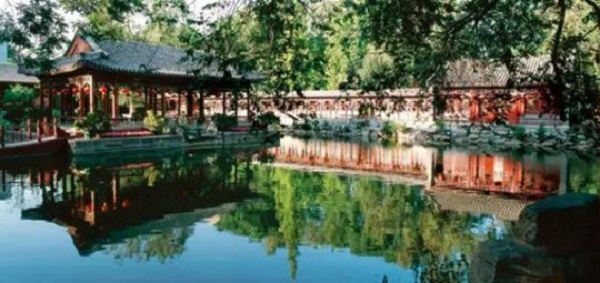
Cuijin Garden in Prince Kung's Palace
According to Zaiying (1861-1909), the second son of Prince Kung, there used to be a wide range of plants in Cuijin Garden. Although great changes have taken place there during the past centuries, there are still many thriving plants allowing different scenes in four seasons. A scientific arrangement of various plants in separate zones has created beautiful effects.
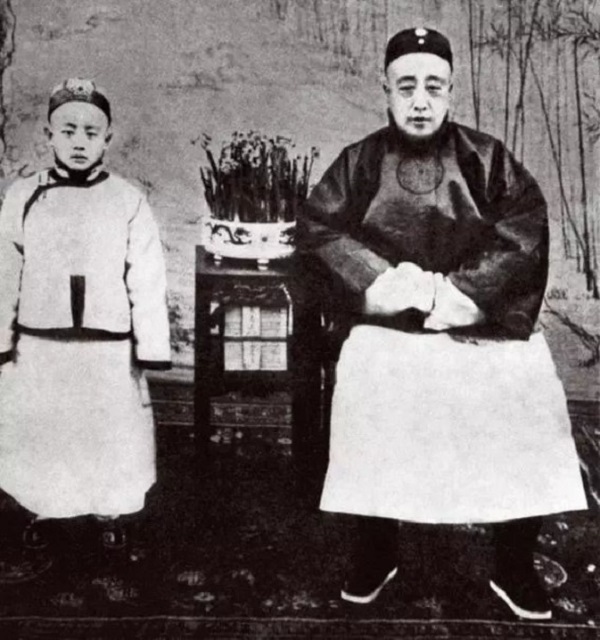
Zaiying (R) and his son
A narrow northward road in the east of Cuijin Garden leads to a vegetable farm. In the past, servants in Prince Kung's Palace used water from the Qinqiu Pavilion to irrigate vegetables on this flat land. The planting of vegetables has created a countryside feeling.
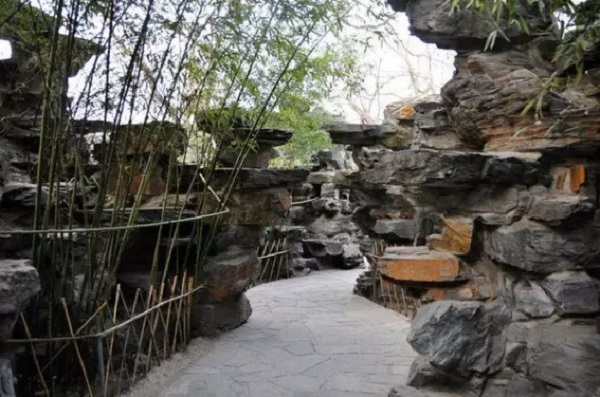
A narrow meandering footpath in Cuijin Garden of Prince Kung's Palace
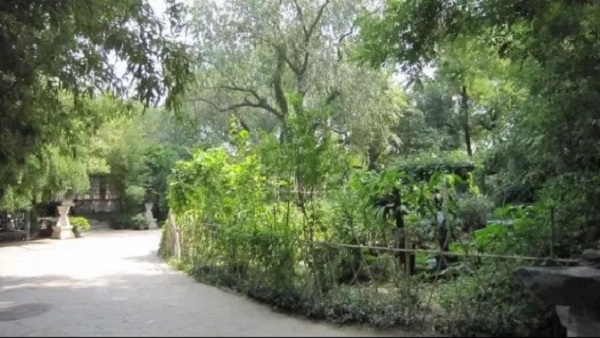
A vegetable farm in Cuijin Garden of Prince Kung's Palace
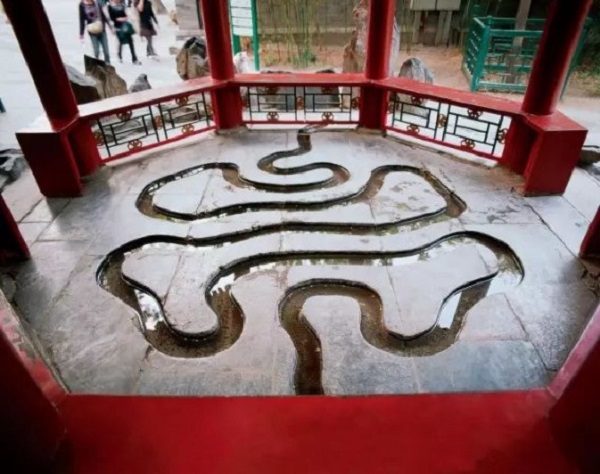
A mini canal on the ground of Qinqiu Pavilion in Prince Kung's Palace
During the planting of vegetables, servants in Prince Kung's Palace enjoyed the happiness of self-reliance and observed the changes of seasons like a farmer. It helped them feel free and relaxed.
Flowers and trees are indispensable in classical Chinese gardens. Cuijin Garden is no exception. The plantation of its flowers and trees has been specially designed.
The arrangement of different species of plants on the central and western roads in Cuijin Garden has created various scenic views. There is an old elm tree on the east of the Southern Hill, which is surrounded by unknown flowers and trees, forming an authentic and primitive natural environment.
Cloves are thriving on the western section of the Southern Hill while peach trees are growing at its foot. The Western Hill is covered with Chinese parasol, bamboo, and pine trees. There are several crabapple trees growing in front of the garden’s Chamber of Mental Purification (also known as Crabapple Pavilion).
The Bat-shaped Pond is surrounded by elm trees because both of them are auspicious symbols in traditional Chinese culture. There are a large number of pine trees on the north slope of Main Hill. To the north of the Hall of Blessings are bamboo trees, which help people feel cool in its rooms in summer.
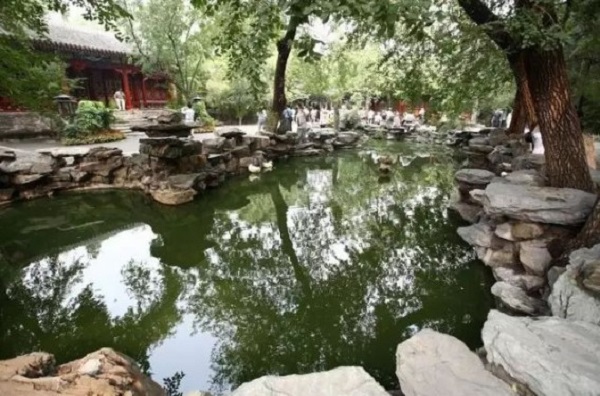
Elm trees on the bank of Bat-shaped Pond in Prince Kung's Palace Museum
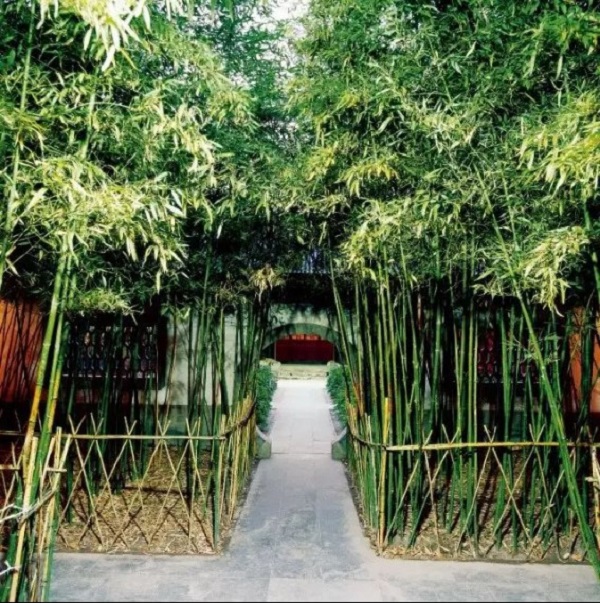
Bamboo trees in Prince Kung's Palace Museum
The changes of flowers, grass and trees in the four seasons have given Cuijin Garden a dynamic beauty. People can find different scenes there at different times.
For instance, begonias in front of the Chamber of Mental Purification often begin blooming in early spring, as do the lovely yellow blossoms of winter jasmines on the Western Hill. The Chamber of Mental Purification is lush with huge trees and the Rectangular Pond and Pavilion are covered with lotus blossoms in that season. There were eight large crabapple trees and one clove tree in front of the Chamber of Mental Purification, when Zaiying recorded the scene in a poem.
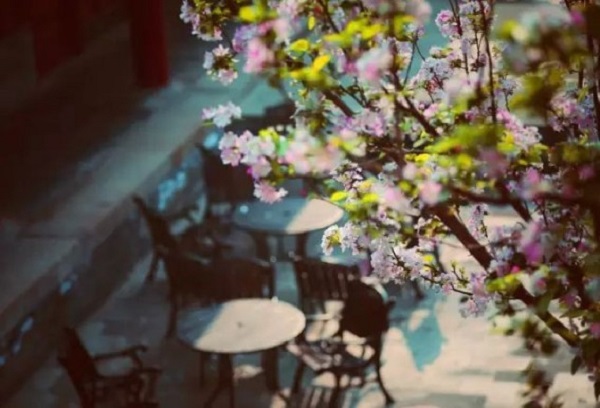
Crabapple flowers in Prince Kung's Palace
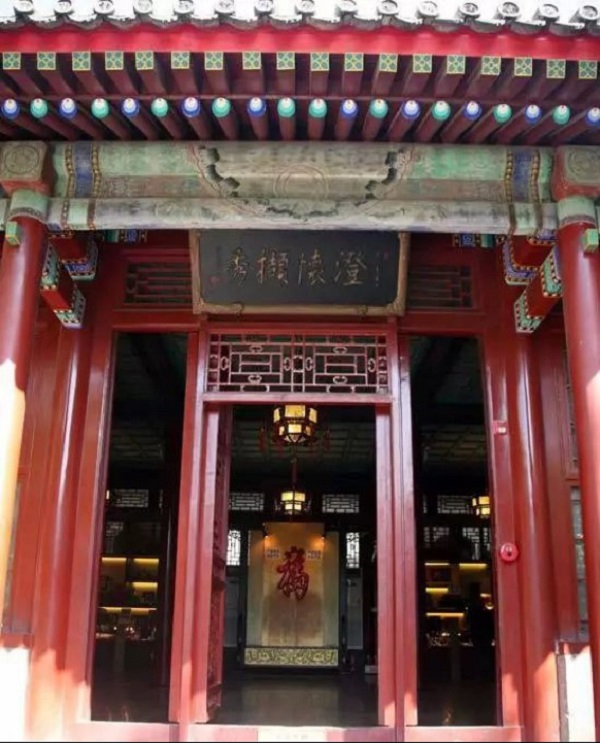
Chamber of Mental Purification in Prince Kung's Palace
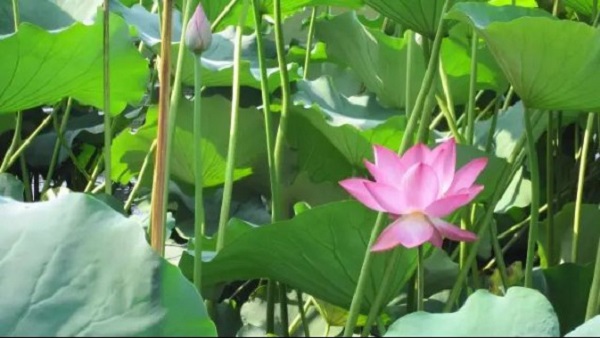
The Rectangular Pond and Pavilion in Prince Kung's Palace
The Pavilion of Greenness and Moon Appreciation Terrace, two main building complexes on the central road of Cuijin Garden, are situated on the top of Verdant Rock. The man-made hill becomes very attractive and impressive when winter jasmines and forsythia are blossoming and bamboos are thriving in early spring. People can have a panoramic view of Cuijin Garden from the Moon Appreciation Terrace, and in the middle of summer they feel very cool near the lush pavilion.
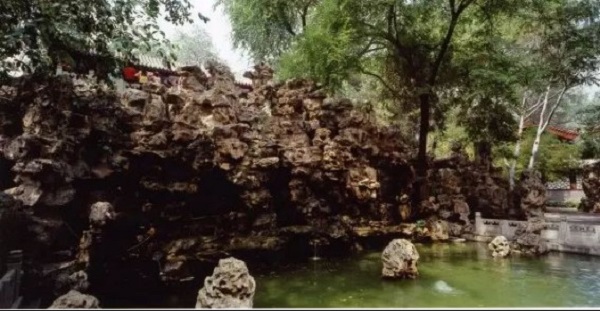
Verdant Rock in Prince Kung's Palace Museum
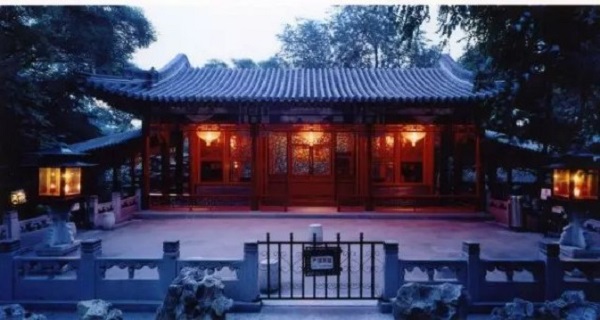
Moon Appreciation Terrace in Prince Kung's Palace Museum
The historical changes of Cuijin Garden in Prince Kung's Palace in the past centuries provide us with a window to learn more about the prosperity of the Qing Dynasty (1644-1911) and the essence of the classical Chinese garden.